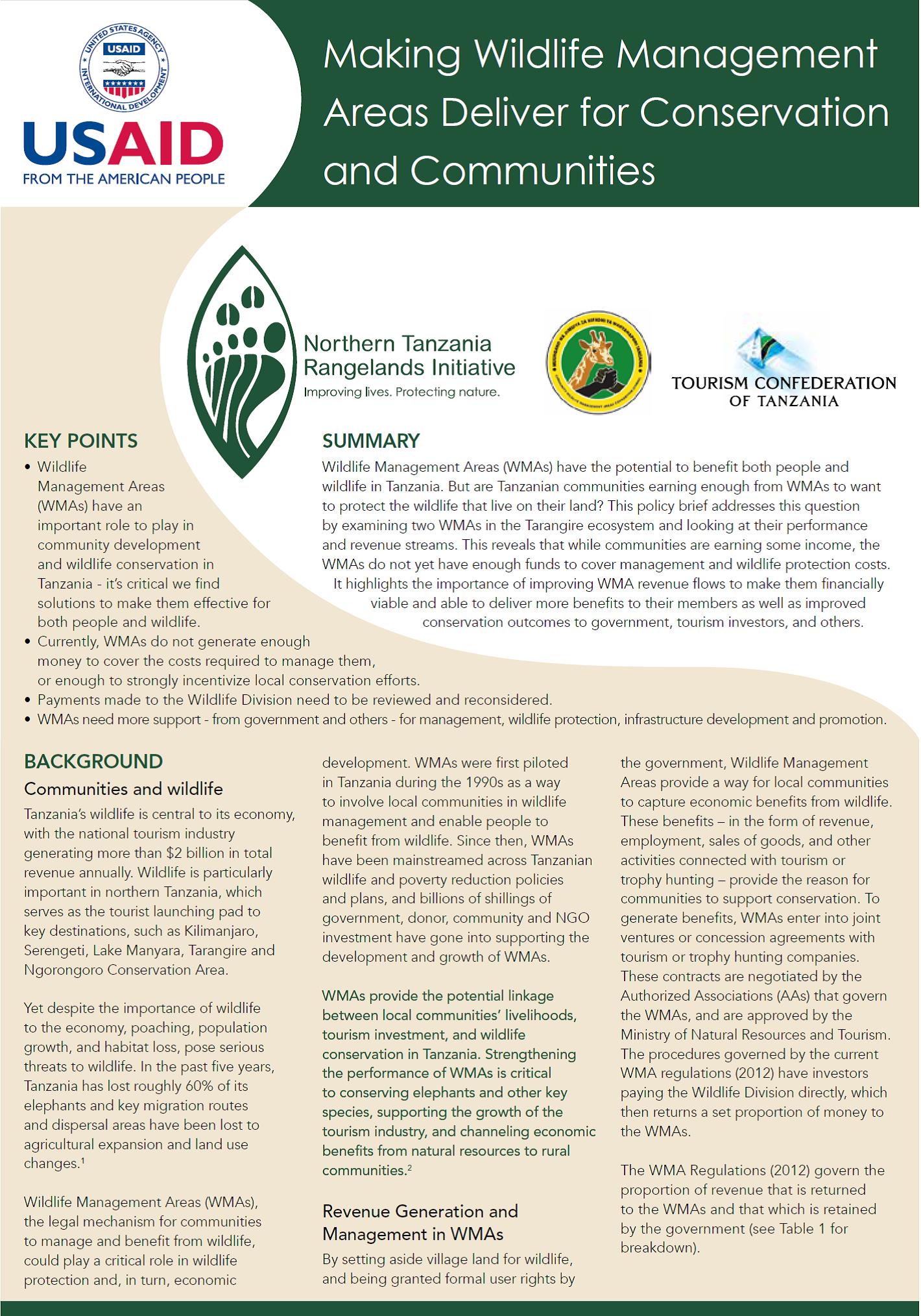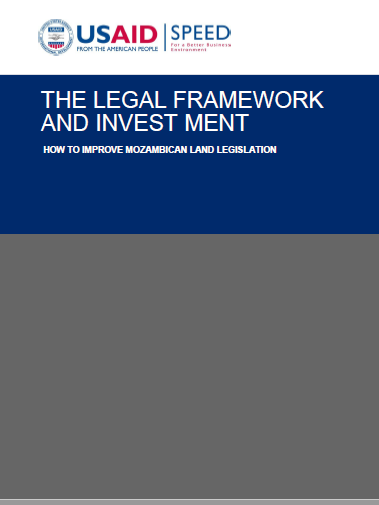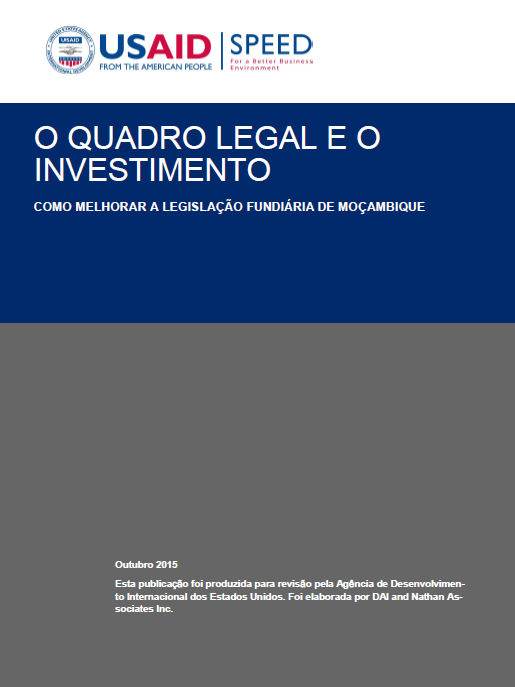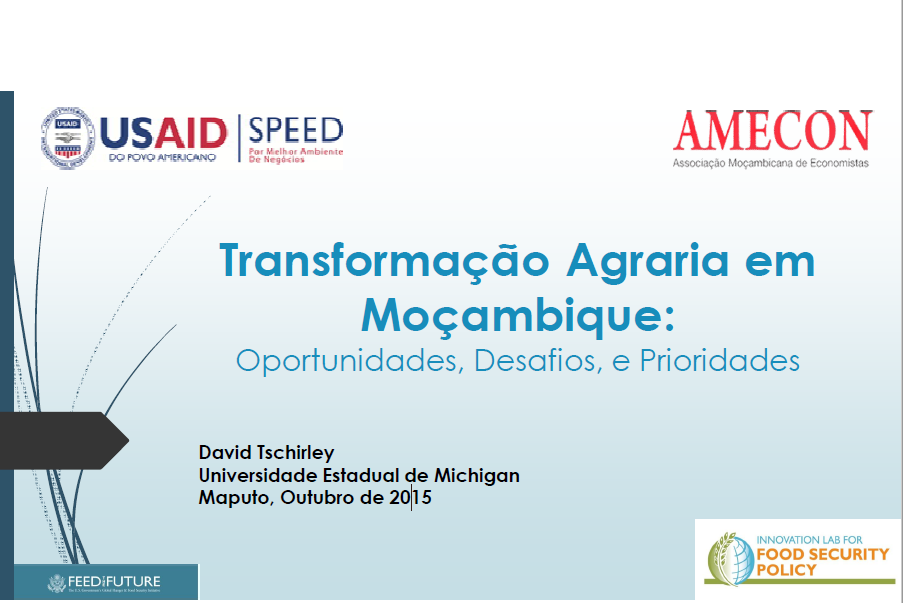Location
About Us
We envision a world in which land governance systems, both formal and informal, are effective, accessible, and responsive for all. This is possible when land tenure and property rights are recognized as critical development issues and when the United States Government and its development partners demonstrate consistent attention and a firm commitment to supporting coordinated policies and programs that clarify and strengthen the land tenure and property rights of all members of society, enabling broad-based economic growth, gender equality, reduced incidence of conflicts, enhanced food security, improved resilience to climate change, and effective natural resource management.
Mission Statement
The USAID Land Tenure and Resource Management (LTRM) Office will lead the United States Government to realize international efforts—in accordance with the U.S. Government’s Land Governance Policy—to clarify and strengthen the land tenure and property rights of all members of society—individuals, groups and legal entities, including those individuals and groups that are often marginalized, and the LTRM Office will help ensure that land governance systems are effective, accessible, and responsive. We will achieve this by testing innovative models for securing land tenure and property rights and disseminating best practice as it relates to securing land rights and improving resource governance within the USG and our development partners.
Members:
Resources
Displaying 31 - 35 of 440Making Wildlife Management Areas Deliver for Conservation and Communities
Wildlife Management Areas (WMAs) have the potential to benefit both people and wildlife in Tanzania. But are Tanzanian communities earning enough from WMAs to want to protect the wildlife that live on their land? This policy brief addresses this question by examining two WMAs in the Tarangire ecosystem and looking at their performance and revenue streams. This reveals that while communities are earning some income, the WMAs do not yet have enough funds to cover management and wildlife protection costs.
Road map : is there a space to review the land law?
The objective of this Road Map is to propose the main aspects to consider and steps to take to initiate, monitor and contribute to the review of the current Land Law (LL – Law 19/97, of October 1). The review of this law entails the subsequent review of its implementing instruments, namely the associated Decrees and Ministerial Diplomas approved since 1997.
The legal framework and investment
The ultimate objective of the report is to encourage greater and more productive investment on land,
O quadro legal e o investimento
O objectivo último deste relatório é encorajar mais e maior investimento na terra, incluindo encontrando formas de tornar o acesso à terra mais fácil para os investidores privados. No seguimento de uma análise abrangente da lei da terra e de outras leis pertinentes, o relatório identifica problemas com o quadro jurídico existente e propõe “opções e recomendações para melhorar os instrumentos legais actuais, com vista a agilizar os procedimentos administrativos para obtenção fácil do aceso à terra (DUAT) e promover o investimento na terra”.
Transformação Agrária em Moçambique
Oportunidades, Desafios, e Prioridades.






